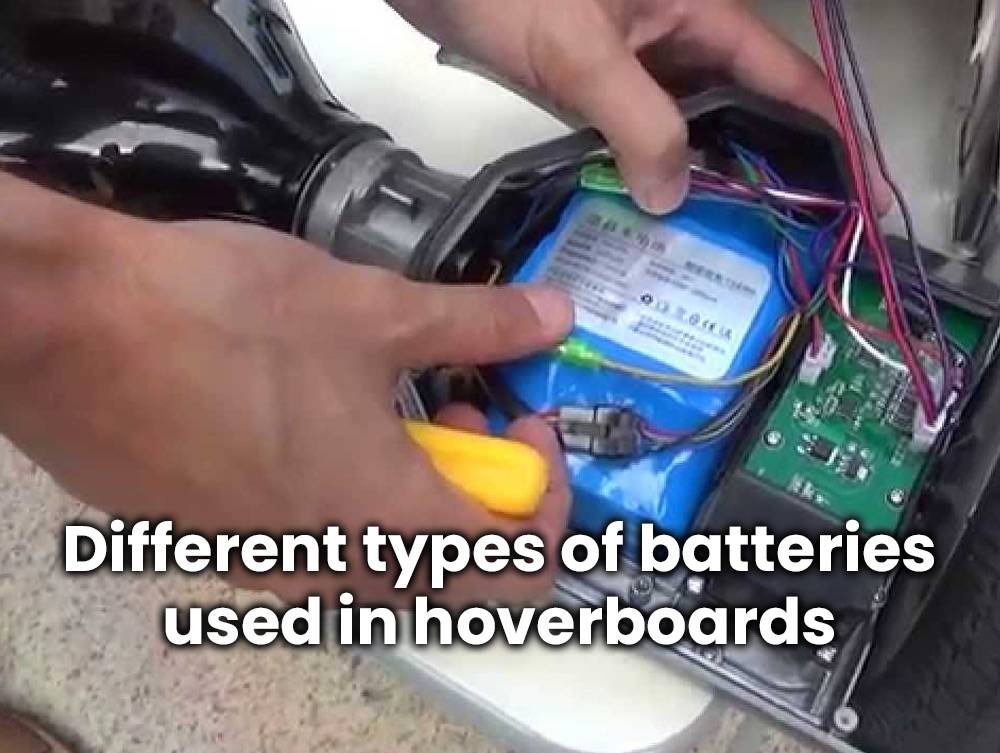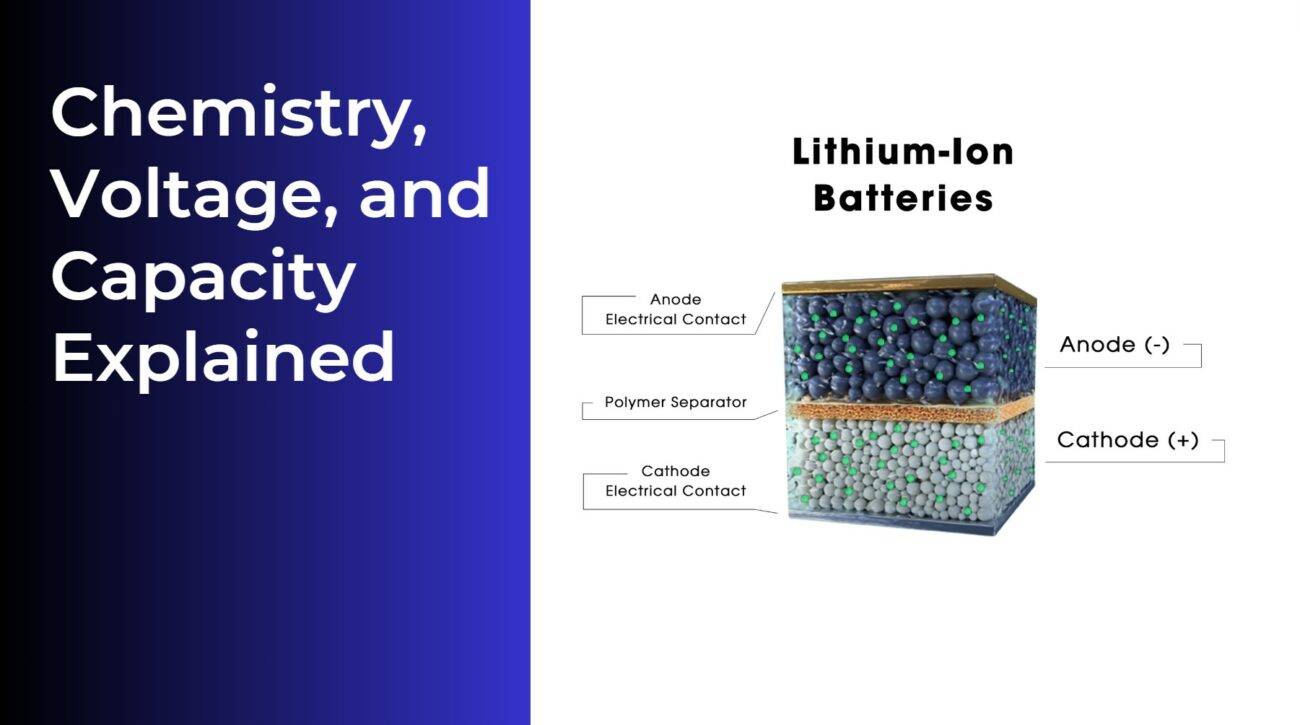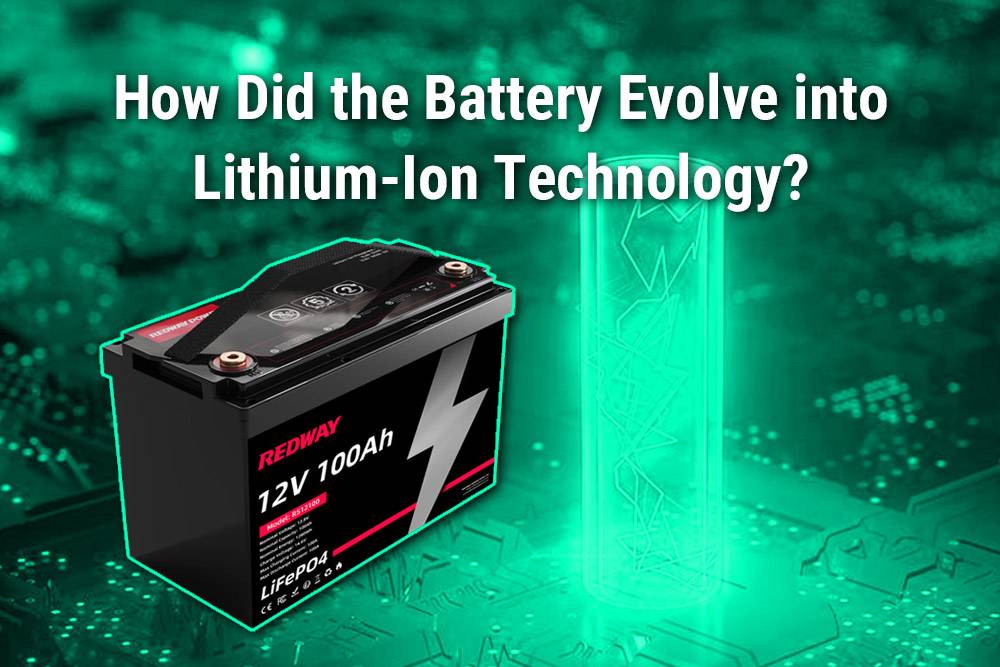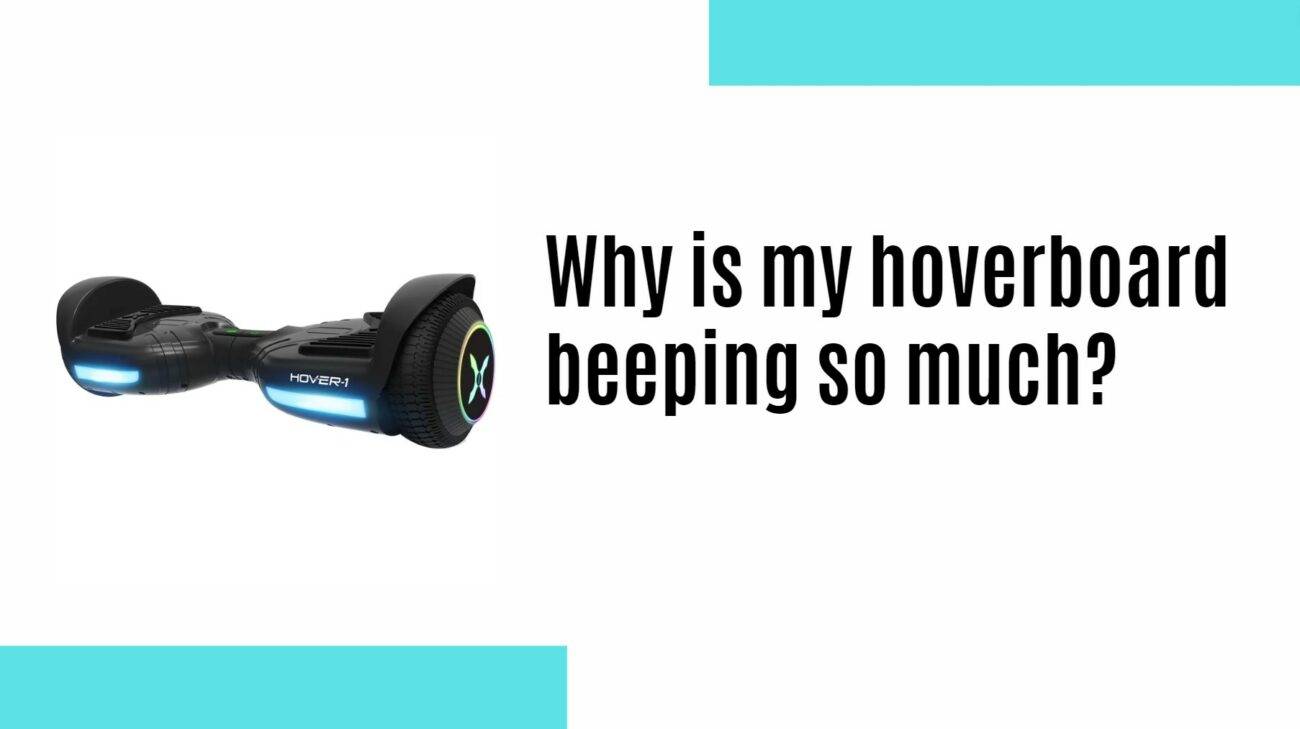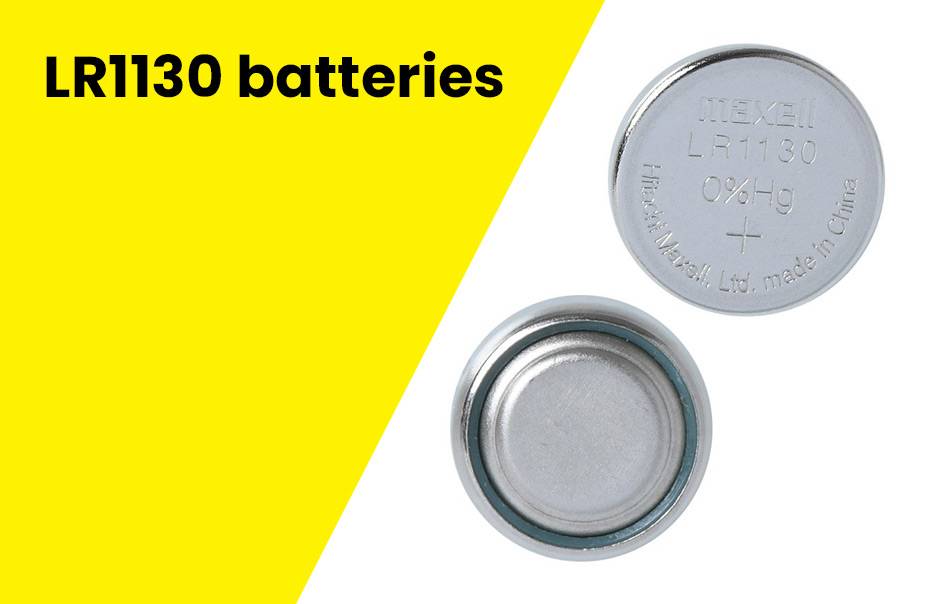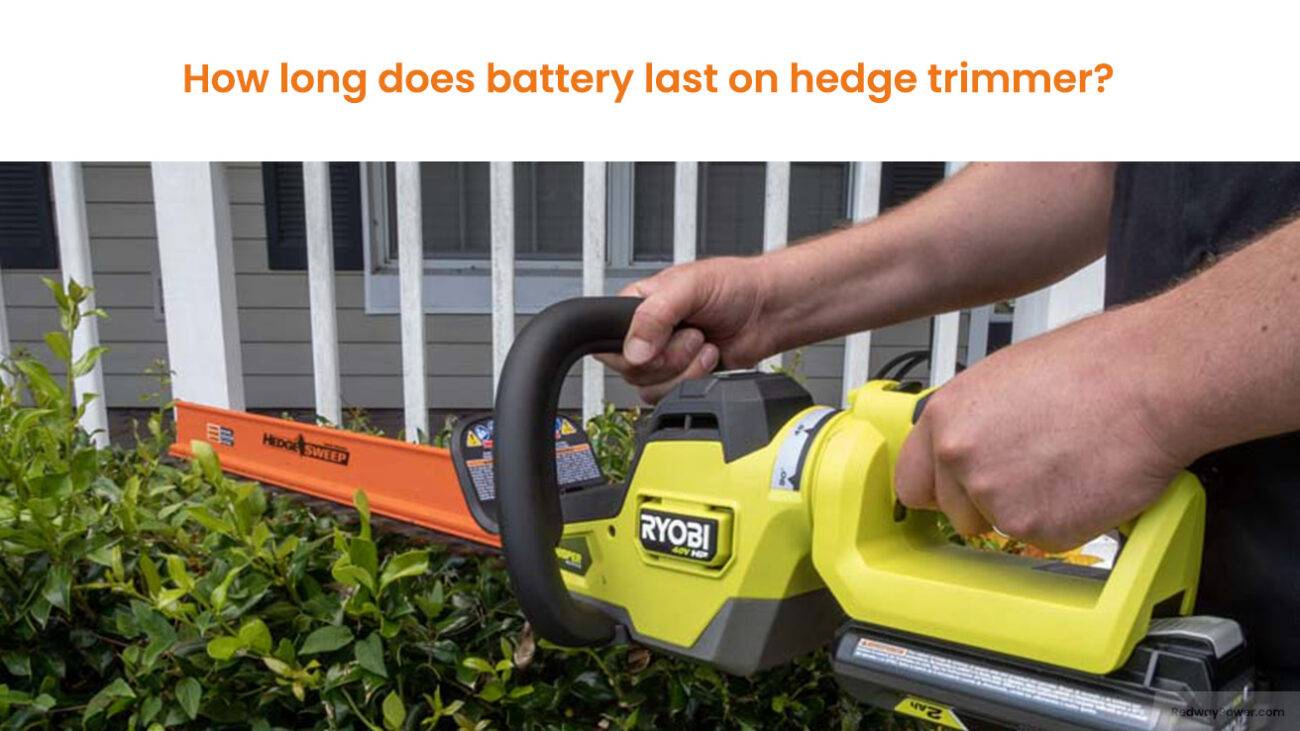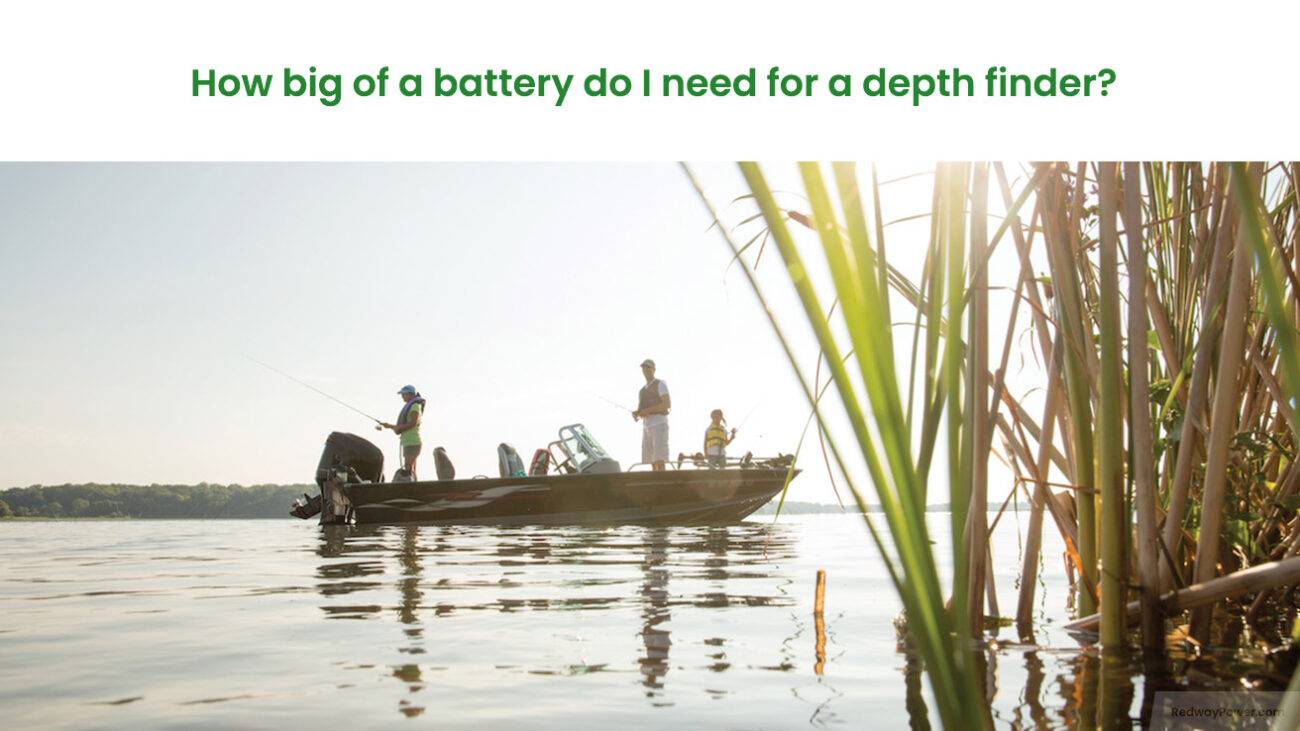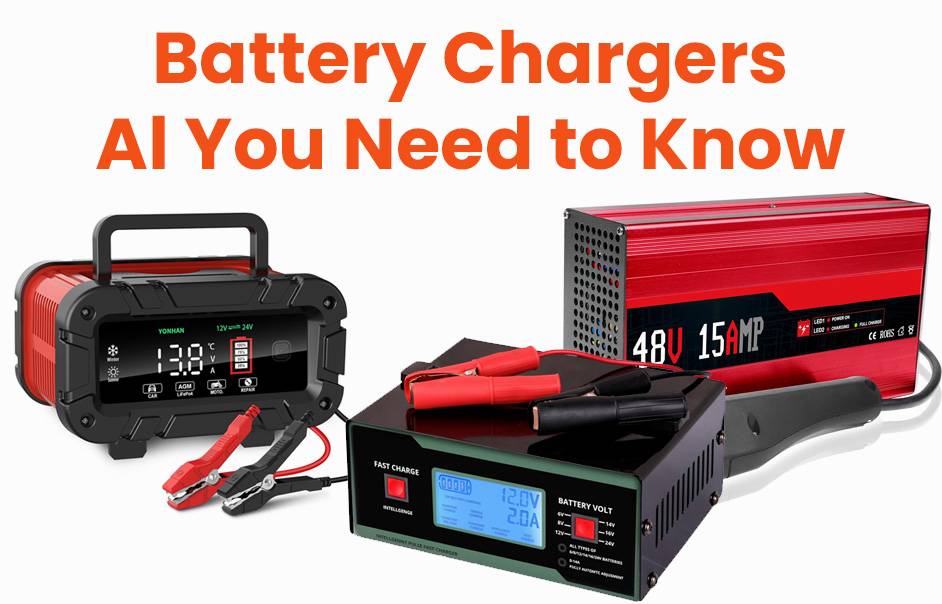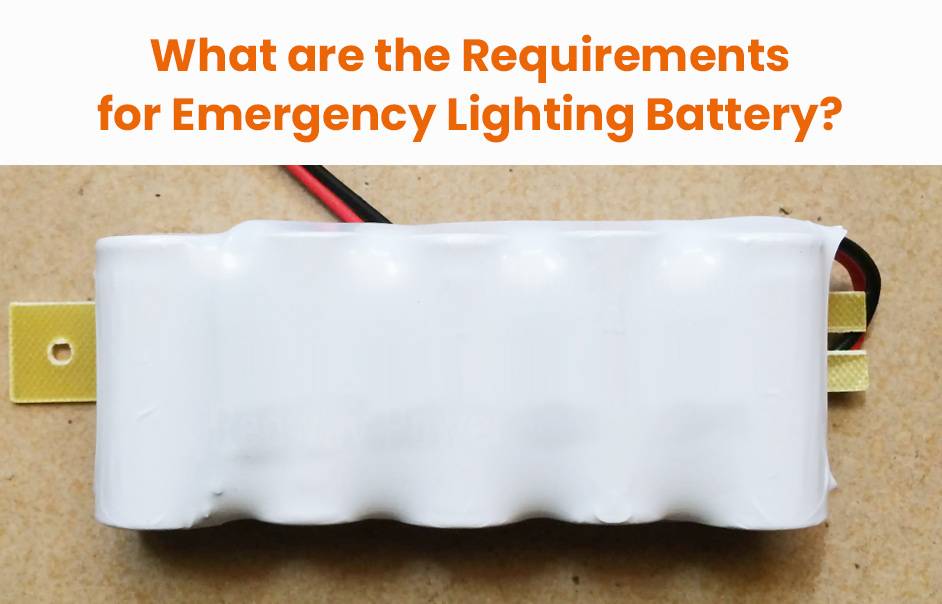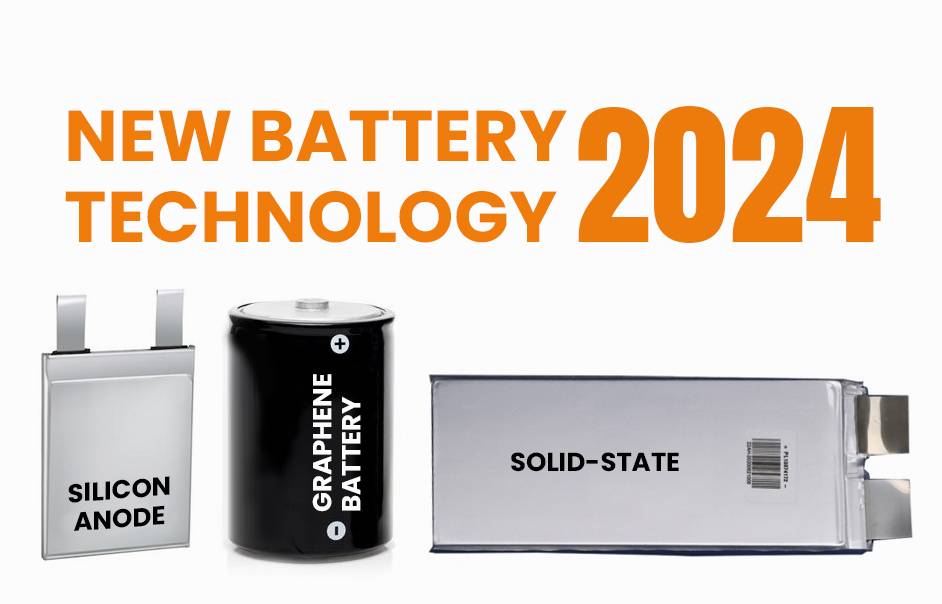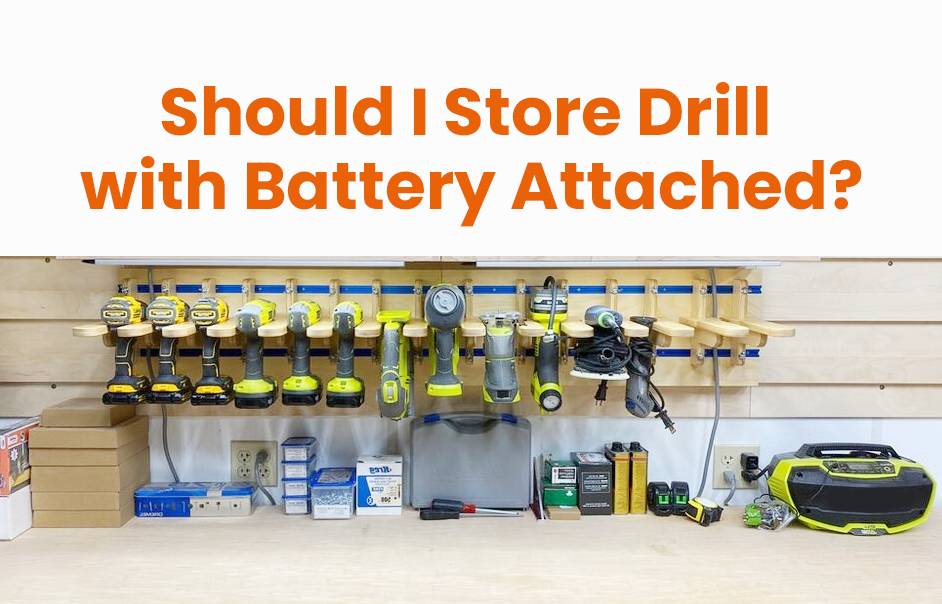- Forklift Lithium Battery
-
48V
- 48V 210Ah
- 48V 300Ah
- 48V 420Ah (949 x 349 x 569 mm)
- 48V 420Ah (950 x 421 x 450 mm)
- 48V 456Ah
- 48V 460Ah (830 x 630 x 590 mm)
- 48V 460Ah (950 x 421 x 450 mm)
- 48V 460Ah (800 x 630 x 600 mm)
- 48V 460Ah (820 x 660 x 470 mm)
- 48V 500Ah
- 48V 560Ah (810 x 630 x 600 mm)
- 48V 560Ah (950 x 592 x 450 mm)
- 48V 600Ah
- 48V 630Ah
-
48V
- Lithium Golf Cart Battery
- 12V Lithium Battery
12V 150Ah Lithium RV Battery
Bluetooth App | BCI Group 31
LiFePO4 Lithium
Discharge Temperature -20°C ~ 65°C
Fast Charger 14.6V 50A
Solar MPPT Charging - 24V Lithium Battery
- 36V Lithium Battery
- 48V Lithium Battery
-
48V LiFePO4 Battery
- 48V 50Ah
- 48V 50Ah (for Golf Carts)
- 48V 60Ah (8D)
- 48V 100Ah (8D)
- 48V 100Ah
- 48V 100Ah (Discharge 100A for Golf Carts)
- 48V 100Ah (Discharge 150A for Golf Carts)
- 48V 100Ah (Discharge 200A for Golf Carts)
- 48V 150Ah (for Golf Carts)
- 48V 160Ah (Discharge 100A for Golf Carts)
- 48V 160Ah (Discharge 160A for Golf Carts)
-
48V LiFePO4 Battery
- 60V Lithium Battery
-
60V LiFePO4 Battery
- 60V 20Ah
- 60V 30Ah
- 60V 50Ah
- 60V 50Ah (Small Size / Side Terminal)
- 60V 100Ah (for Electric Motocycle, Electric Scooter, LSV, AGV)
- 60V 100Ah (for Forklift, AGV, Electric Scooter, Sweeper)
- 60V 150Ah (E-Motocycle / E-Scooter / E-Tricycle / Tour LSV)
- 60V 200Ah (for Forklift, AGV, Electric Scooter, Sweeper)
-
60V LiFePO4 Battery
- 72V~96V Lithium Battery
- Rack-mounted Lithium Battery
- E-Bike Battery
- All-in-One Home-ESS
- Wall-mount Battery ESS
-
Home-ESS Lithium Battery PowerWall
- 24V 100Ah 2.4kWh PW24100-S PowerWall
- 48V 50Ah 2.4kWh PW4850-S PowerWall
- 48V 50Ah 2.56kWh PW5150-S PowerWall
- 48V 100Ah 5.12kWh PW51100-F PowerWall (IP65)
- 48V 100Ah 5.12kWh PW51100-S PowerWall
- 48V 100Ah 5.12kWh PW51100-H PowerWall
- 48V 200Ah 10kWh PW51200-H PowerWall
- 48V 300Ah 15kWh PW51300-H PowerWall
PowerWall 51.2V 100Ah LiFePO4 Lithium Battery
Highly popular in Asia and Eastern Europe.
CE Certification | Home-ESS -
Home-ESS Lithium Battery PowerWall
- Portable Power Stations
What Kind of Battery Does a Hoverboard Use?
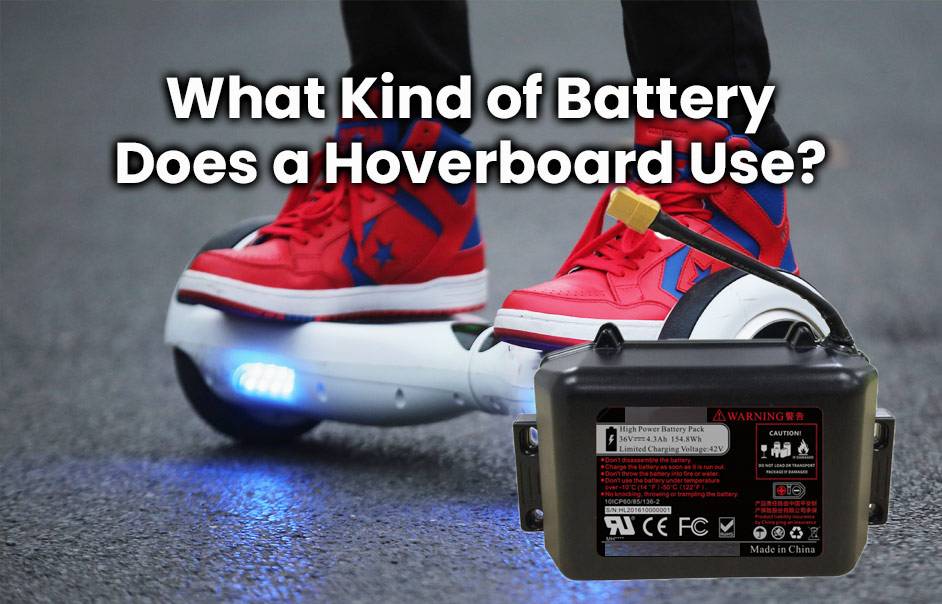
Hoverboards typically use lithium-ion batteries due to their high energy density, lightweight nature, and long lifespan. These batteries provide sufficient power for mobility while being compact enough to fit within the design of the hoverboard. Understanding the types and specifications of these batteries is essential for users and potential buyers.
What types of batteries are commonly used in hoverboards?
The most common types of batteries used in hoverboards include:
- Lithium-Ion (Li-ion): Known for their efficiency, lightweight, and long cycle life.
- Lithium Polymer (LiPo): Offers higher discharge rates and flexibility but requires careful handling.
- Nickel-Metal Hydride (NiMH): Less common, these provide good energy density but are heavier and bulkier.
| Battery Type | Description |
|---|---|
| Lithium-Ion | High energy density, lightweight, durable |
| Lithium Polymer | Flexible design, higher discharge rates |
| Nickel-Metal Hydride | Good energy density, heavier than Li-ion |
How do lithium-ion batteries compare to other types?
Lithium-ion batteries are preferred in hoverboards due to their advantages over other types:
- Energy Density: They store more energy per unit weight compared to NiMH and lead-acid batteries.
- Weight: Li-ion batteries are lighter, contributing to better portability and performance.
- Cycle Life: They typically offer more charge cycles before significant capacity loss compared to other technologies.
What are the specifications of a typical hoverboard battery?
A typical hoverboard battery has specific characteristics that define its performance:
- Voltage: Most hoverboards operate on 36V systems, although some may use 25.2V or 48V configurations.
- Capacity: Common capacities range from 2.0 Ah to 4.4 Ah, affecting runtime.
- Charging Time: Generally takes about 2 to 4 hours for a full charge.
| Specification | Typical Values |
|---|---|
| Voltage | 36V (most common) |
| Capacity | 2.0 Ah to 4.4 Ah |
| Charging Time | 2 to 4 hours |
What is the average lifespan of a hoverboard battery?
The average lifespan of a lithium-ion hoverboard battery is typically between 300 to 500 charge cycles, which can translate to about 1 to 3 years depending on usage patterns and maintenance practices. Factors like charging habits and environmental conditions can significantly influence how long the battery lasts.
How do you maintain a hoverboard battery for longevity?
To extend the life of your hoverboard’s battery, consider these maintenance tips:
- Avoid Deep Discharges: Try not to let the battery drop below 20% before recharging.
- Store Properly: Keep the battery in a cool, dry place when not in use.
- Use the Correct Charger: Always use the charger specified by the manufacturer to avoid damage.
- Regularly Check Connections: Ensure that terminals are clean and connections are secure.
What factors affect the performance of hoverboard batteries?
Several factors can impact how well a hoverboard battery performs:
- Temperature: Extreme heat or cold can reduce efficiency and lifespan.
- Usage Patterns: Frequent heavy usage can lead to faster degradation.
- Charging Habits: Regularly allowing deep discharges or overcharging can harm battery health.
What should you consider when replacing a hoverboard battery?
When replacing a hoverboard battery, keep these considerations in mind:
- Compatibility: Ensure that the new battery matches the specifications required by your model.
- Quality: Opt for reputable brands known for reliable performance.
- Warranty and Support: Look for products that come with warranties or customer support options.
Tips for Battery Wholesale Buyers
When sourcing or considering OEM orders for hoverboard batteries, keep these points in mind:
- Quality Assurance: Ensure suppliers provide high-quality products that meet industry standards.
- Compatibility: Verify that batteries are suitable for various models of hoverboards.
- Manufacturer Reliability: Choose reputable manufacturers like Redway Power, known for their quality lithium-ion solutions.
To place OEM orders with a reliable manufacturer like Redway Power, follow these steps:
- Research potential suppliers based on product quality and reviews.
- Contact them directly to discuss your specific needs.
- Confirm customization options to ensure compatibility with your applications.
Redway Power Expert Views
“Understanding the specifications and maintenance needs of hoverboard batteries is essential for maximizing performance and longevity. At Redway Power, we focus on delivering innovative solutions that enhance user experience while ensuring safety.”
FAQ Section
- What type of battery does a hoverboard use?
Hoverboards primarily use lithium-ion batteries due to their high energy density and lightweight properties. - How long does a typical hoverboard battery last?
A lithium-ion hoverboard battery typically lasts between 300 to 500 charge cycles, translating to about 1 to 3 years depending on usage. - What maintenance tips can help extend my hoverboard’s battery life?
Avoid deep discharges, store properly in cool conditions, use the correct charger, and regularly check connections.
